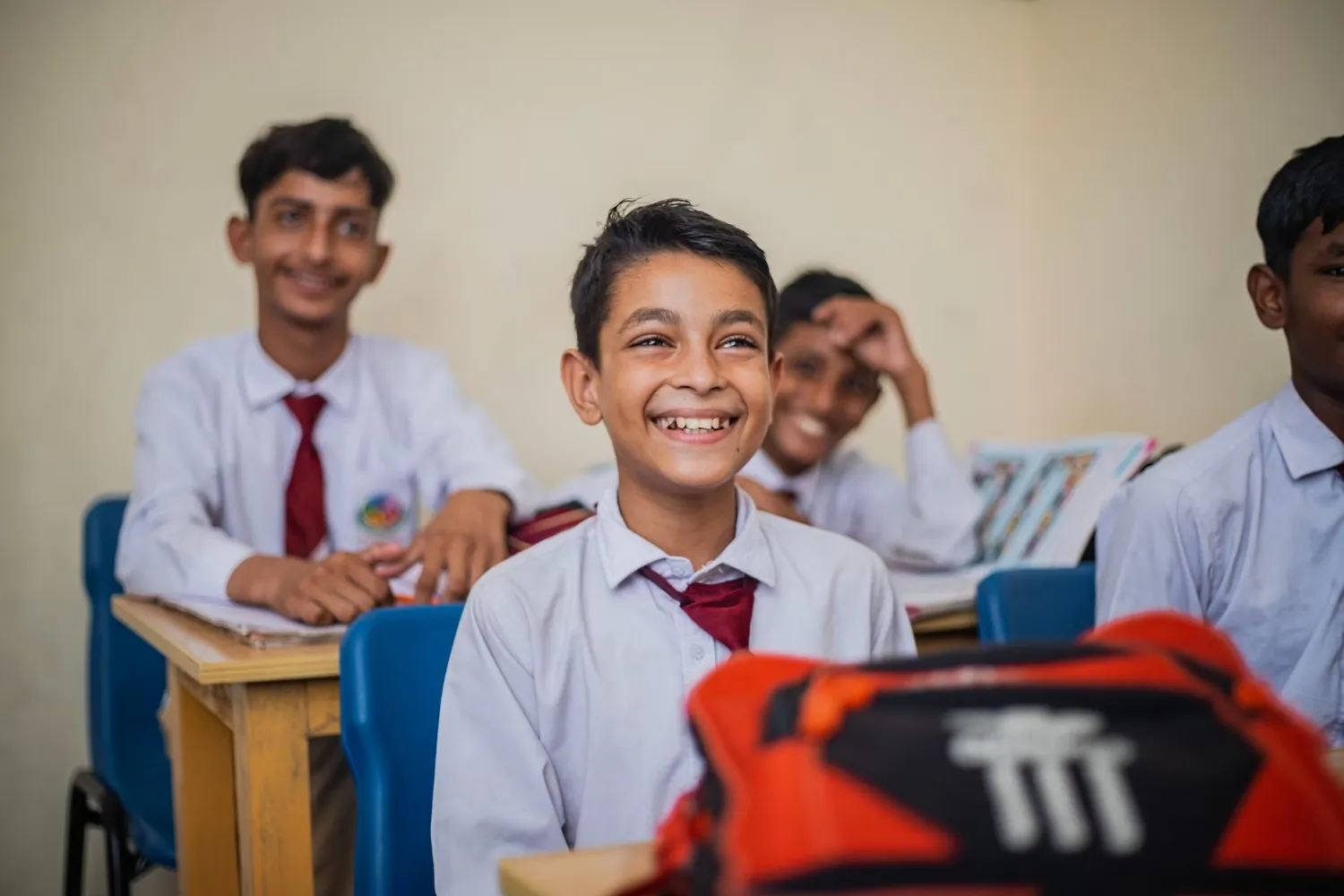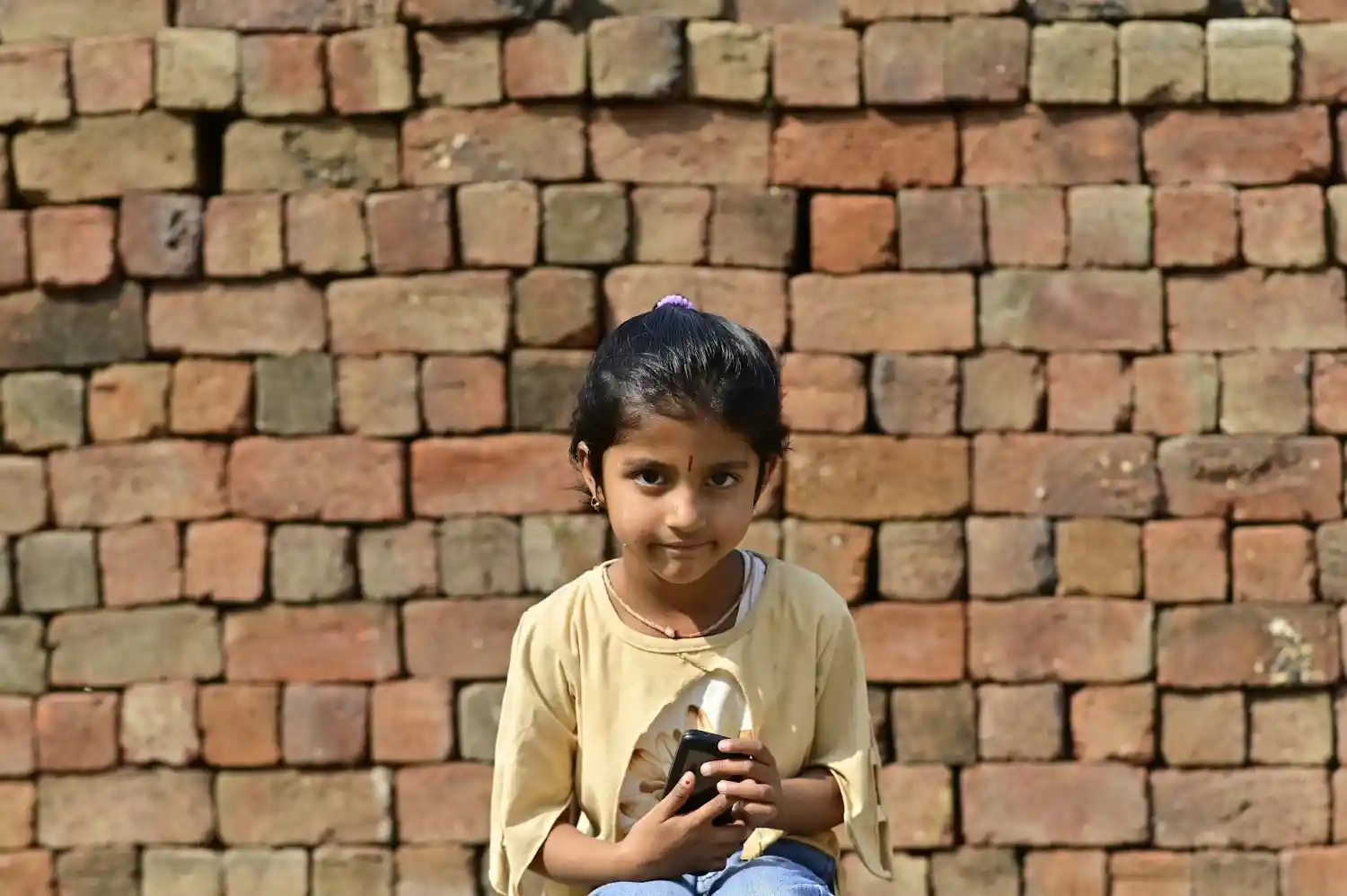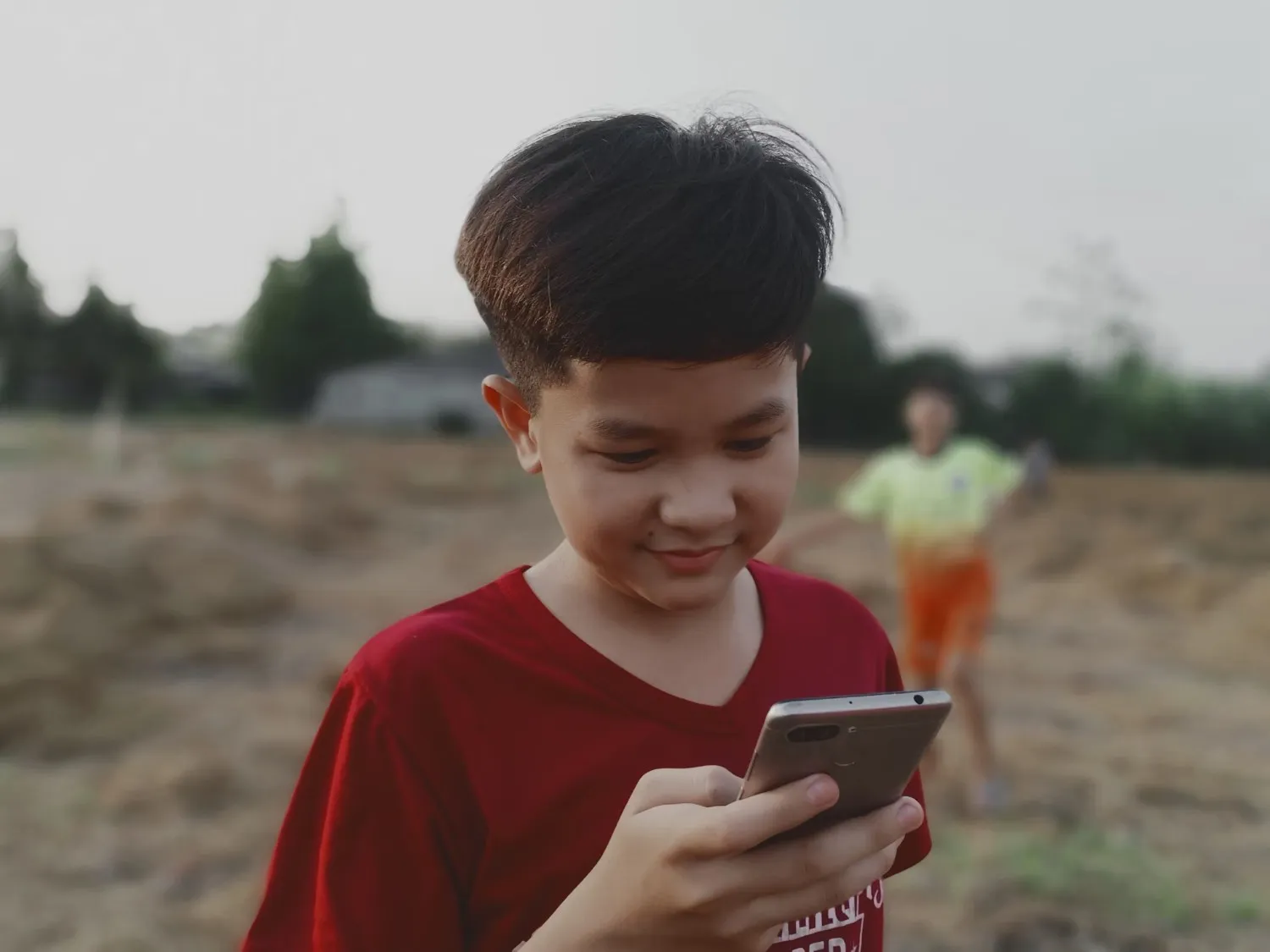Introduction
Visualize it’s Monday morning, you are in your classroom, and are trying to get kids to focus. Among them is Rohan, a 11-year-old shy boy with autism who seems to live in his own world. You try a new trick—a colorful visual chart—and suddenly, his eyes light up, and he joins the activity. That’s the magic of teaching strategies for special needs. A 2020 UNESCO report shows that inclusive teaching strategies for Supporting Students with Disabilities boost academic outcomes by 15% for students with disabilities, while making your entire class more compassionate.
In India, with over 8 million children with disabilities in schools (2020 National Education Policy), this special education teacher guide is your roadmap to making every student shine. Ready to unlock some fun, game-changing tips from a teacher’s heart?
Check our blog on Building Supportive Educational Ecosystems which offer a deep dive into how community-backed educational models uplift students with disabilities.
Why Supporting Every Student Feels Like a Superpower

Being a teacher in India is no different than being a superhero without a cape—balancing lesson plans, parents, and chalk dust. And then, one day, something clicks—you see a student smile because they finally got it. That moment? That’s what makes all the effort worth it. It’s not just teaching; it’s changing a life. The National Center for Promotion of Employment for Disabled People (NCPEDP) says inclusive classrooms increase graduation rates by 18% for kids with disabilities. And it’s not just about grades—it’s about kids like Rohan feeling like they belong.
In India’s diverse classrooms, where languages, cultures, and abilities mix, support for students with disabilities is your secret weapon, when combined with emotional well-being strategies, the impact becomes even more powerful for holistic development. As my friend Priya, a Mumbai teacher, says, “When you adapt for one kid, the whole class grows.” Let’s explore practical classroom tips for special education teachers that make this magic happen, turning your classroom into a haven for every learner.
Game-Changing Strategies to Transform Your Classroom
Here are five inclusive teaching strategies to make your classroom a place where every student thrives. Think of these as your teaching superpower toolkit, designed for India’s unique challenges:
Try Universal Design for Learning (UDL):
UDL is like serving a thali—something for everyone! Use visuals, stories, or free apps like Read&Write to engage all learners. In cash-strapped schools, draw diagrams on the board or use local toys for hands-on activities. This is perfect for teaching children with developmental delays. For example, a colorful chart can help a student like Rohan follow routines, turning chaos into calm.
Mix It Up with Differentiated Instruction:
Differentiated instruction in special education means tweaking tasks to fit each student. If a student has dyslexia, offer oral tests or picture-based worksheets. In rural schools, use low-cost tools like slates or recycled paper. It’s like tailoring a kurta—custom-fit for comfort. Try letting kids draw their answers if writing is tough—it’s a small change with big impact.
Rock Individualized Education Programs (IEPs):
Individualized Education Programs (IEPs) are your roadmap for each student. Collaborate with parents to set effective IEP goals for classroom success, like “complete three math problems with a visual aid.” In India, where specialists are scarce, lean on local NGOs like the Unessa Foundation for support. As Delhi teacher Ms. Anjali says, “An IEP is like a GPS for learning—it gets you there!”
Be a Behavior Whisperer:
Emotional and behavioral support strategies can tame a stormy classroom. Use clear routines (like a daily song) or positive reinforcement (stickers are gold!). In India, storytelling sessions build trust and ease behavioral challenges in special ed classrooms. Start class with a “happy circle” where kids share one good thing—it sets a positive tone.
Team Up for Collaborative Learning:
Pair students for peer support to make managing diverse classrooms In low-tech schools, use group activities like skits or art projects. Apps like WhatsApp can spark collaboration. This approach shines for supporting learning disabilities in the classroom, as kids learn from each other. Imagine the joy when students teach one another—it’s pure magic.
Fun Fact: A 2024 Azim Premji Foundation study found that 80% of Indian teachers using UDL reported higher student engagement. Who doesn’t love a happy, buzzing classroom?
Picture yourself using a visual schedule to help a shy student join in, or watching a group project where kids with different abilities shine together. These classroom accommodations for special needs are practical, low-cost, and transformative, even in resource-scarce settings.
Heartwarming Stories That Prove It Works
Need proof that these strategies make a difference? Here are four real-life classroom examples of supporting students with disabilities from Indian schools that’ll warm your heart:
Rohan’s Spark in Kolkata:
Rohan, 11, with autism, barely spoke in his Kolkata school. His teacher, Ms. Sunita, used best teaching strategies for students with learning disabilities like UDL, introducing visual schedules and hands-on math puzzles. “He went from hiding to high-fiving his group!” she shared. Rohan now leads science experiments, showing how inclusive teaching strategies ignite confidence.
Meera’s Moment in Rural Gujarat:
Meera, 12, with dyslexia, dreaded reading aloud in her Gujarat village school. Her teacher, trained by a local NGO, created an IEP with classroom accommodations for special needs, like audiobooks and extra time. Similar to practices followed by top organizations in the Top 10 Education NGOs in India, which empower rural educators to reach every learner. Meera now tells stories like a pro, proving how to support students with special needs in mainstream classrooms. “She’s my storyteller now,” her teacher beamed.
Vikram’s Victory in Jharkhand:
In a Jharkhand school, inspired by the Unessa Foundation’s community-driven model, teachers paired students for peer mentoring. Vikram, 14, with a hearing impairment, learned with help from his buddy, Priya. “He taught me sign language, and I taught him cricket moves!” Priya giggled. This shows how to build inclusive lesson plans for mixed-ability students.
Anita’s Breakthrough in Delhi:
Anita a 13-year-old girl, with cerebral palsy, struggled to write in her school. Her teacher started using special needs education resources like speech-to-text apps and adapted worksheets. Now she contributes to class discussions, and her confidence is soaring. This story highlights educator tips for special needs learners.
These stories are the proof that teaching strategies for special needs work, turning challenges into opportunities for growth.
Navigating the real Challenges in India’s Classrooms
Honestly: teaching in India is very difficult with diverse community of student, Large classes, tight budgets, and fear around disabilities make support for students with disabilities a tough task. A 2024 NCERT report notes that only 25% of Indian schools have fully accessible infrastructure, like ramps or braille materials, limiting special education teacher guides.
But you’re not alone. Schools are finding creative solutions. In Gujarat, teachers tapped Samagra Shiksha grants to fund special needs education resources. Jharkhand schools, inspired by the Unessa Foundation’s global community-driven model, trained parents to support learning at home, boosting attendance by 15%. If you’re facing pushback, start small with one practical classroom tip for special education teachers, like a sensory corner made from local fabrics (think old saris!). As a Jharkhand teacher told me, “One small change can start a classroom revolution.”
You can also connect with local NGOs or leverage free online training from NCERT to build your skills in managing diverse classrooms. These steps make inclusion possible, even in resource-scarce settings.
Explore how mental health support in education plays a role in making these models sustainable and nurturing for children.
Resources to Fuel Your Teaching Journey
Ready to dive deeper into support for students with disabilities? These resources will empower you:
- Books: Inclusive Education in India by Maya Kalyanpur; The Inclusive Classroom by Amy McCart.
- Tools: Read&Write and Microsoft Immersive Reader for special needs education resources; DIY charts with local materials for low-cost solutions.
- Communities: Join India’s NCPEDP or the Inclusive Education Network on X for teacher support.
- Websites: Unessa Foundation
Also, check out these stress management techniques for students to maintain emotional balance in inclusive classrooms.
Conclusion: You’re the Heart of Change, Teacher!
From Rohan in Kolkata to Meera’s stories in Gujarat, From Vikram’s friendships to Anita’s confidence in Delhi, such stories prove that teaching strategies for special needs transform lives. With inclusive teaching strategies, one can make their classroom a place where every student feels like a star. Start with one tip, connect with NGOs like the Unessa Foundation, or explore free resources from NCERT. Grab a chai, try a practical classroom tip for special education teachers, and watch your classroom become a haven of growth and joy. You’re not just teaching—you’re changing lives!
💛 Donate to learning kits to children with disability and training programs 💛
Your donation helps us fund:
- Emotional health toolkits for classrooms
- Training sessions for teachers and caregivers
- Mental health workshops and counseling support
- Art and play therapy sessions for children in trauma
Even a small monthly contribution can fund mindfulness materials, journals, or wellness kits for multiple children.
Want to see how effective digital platforms can amplify NGO impact? Check out The Power of NGO Websites: Examples and Key Elements.















